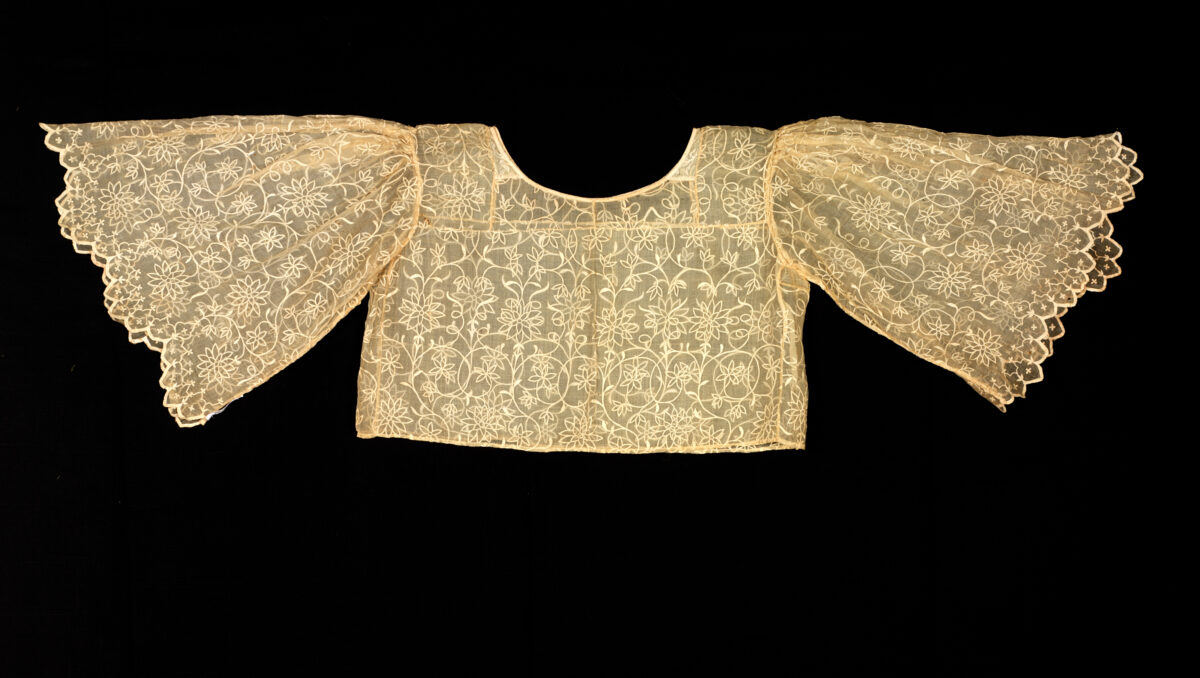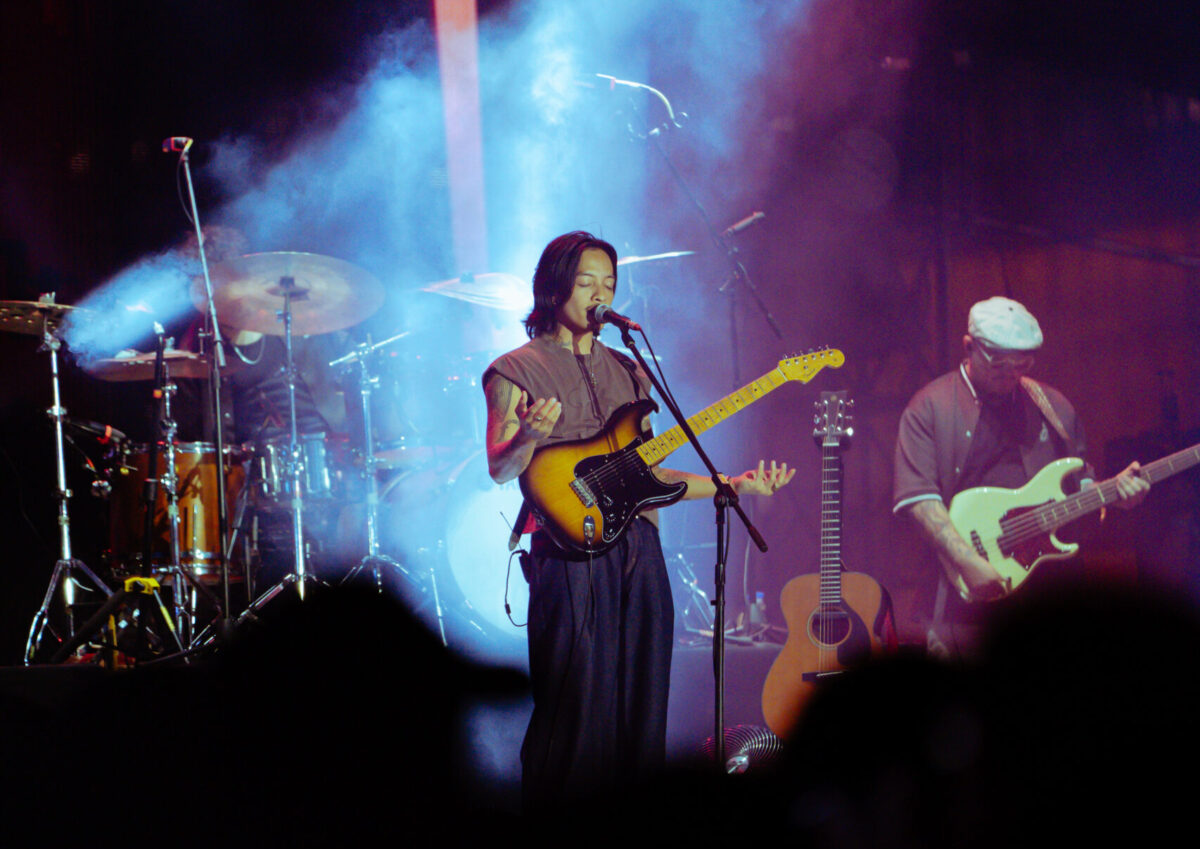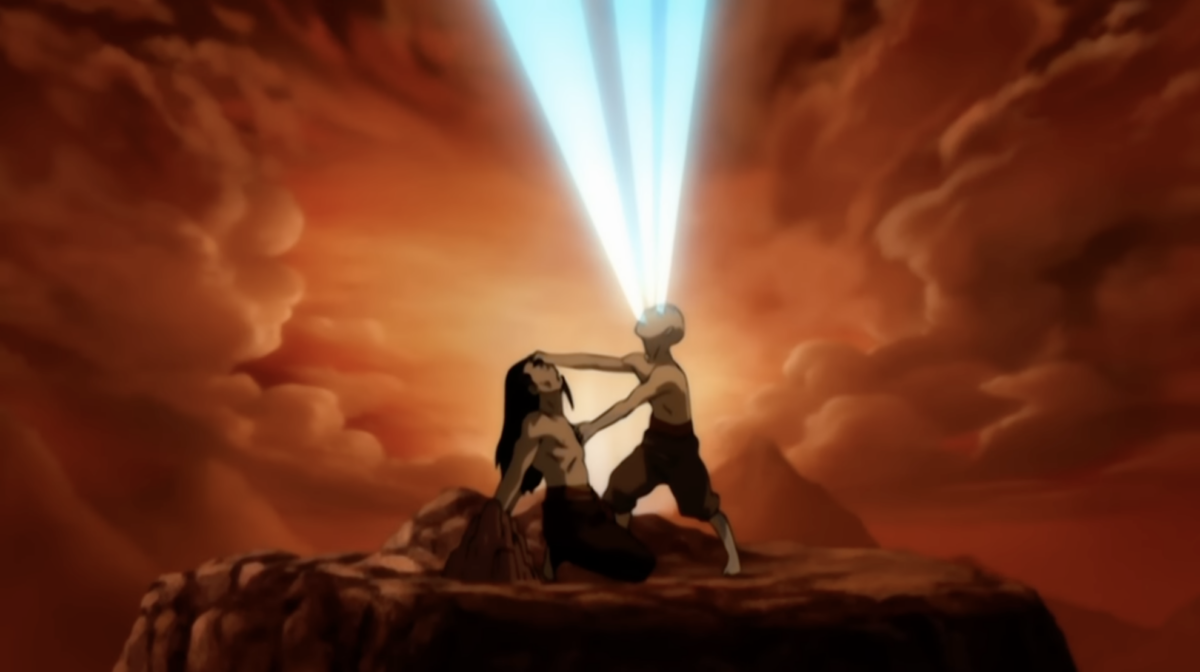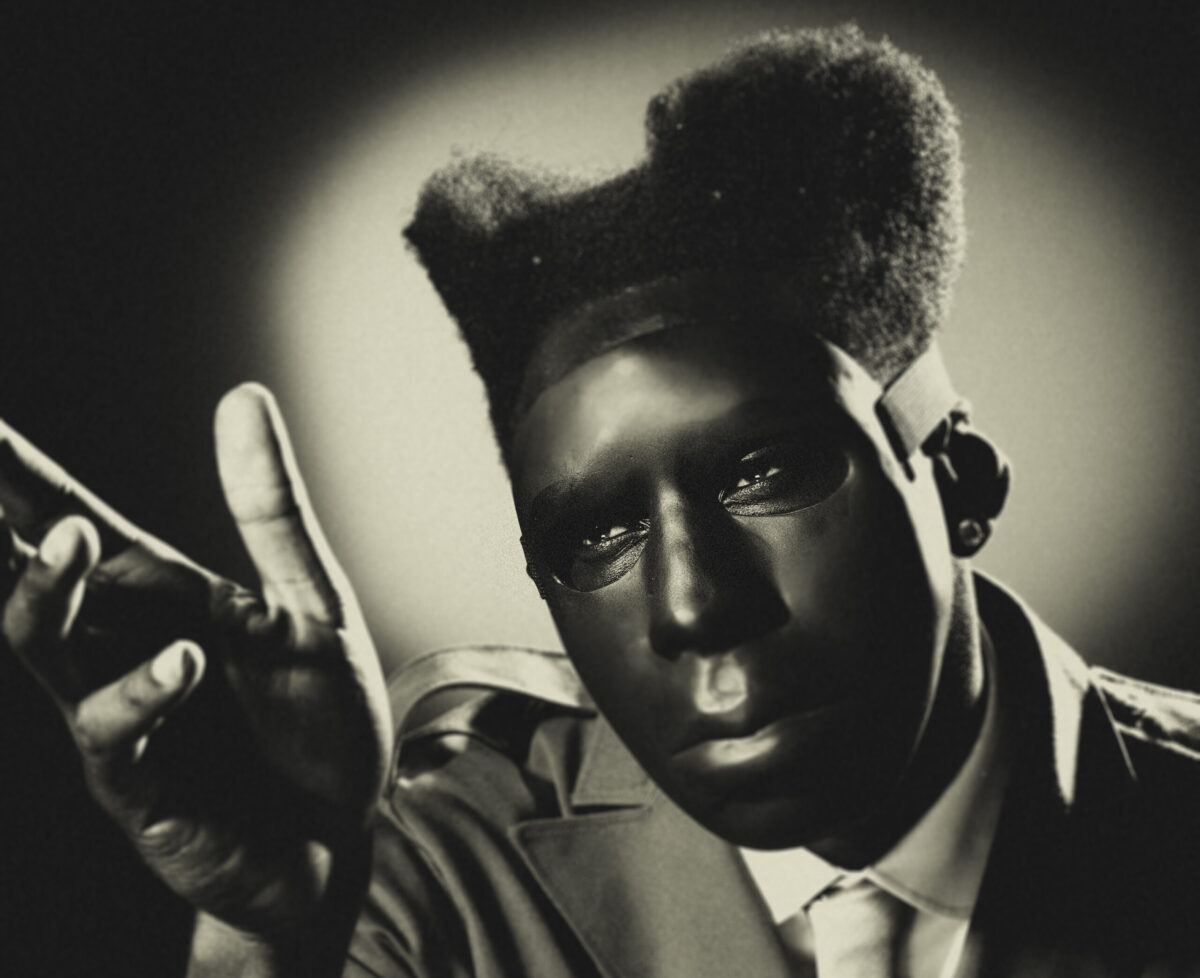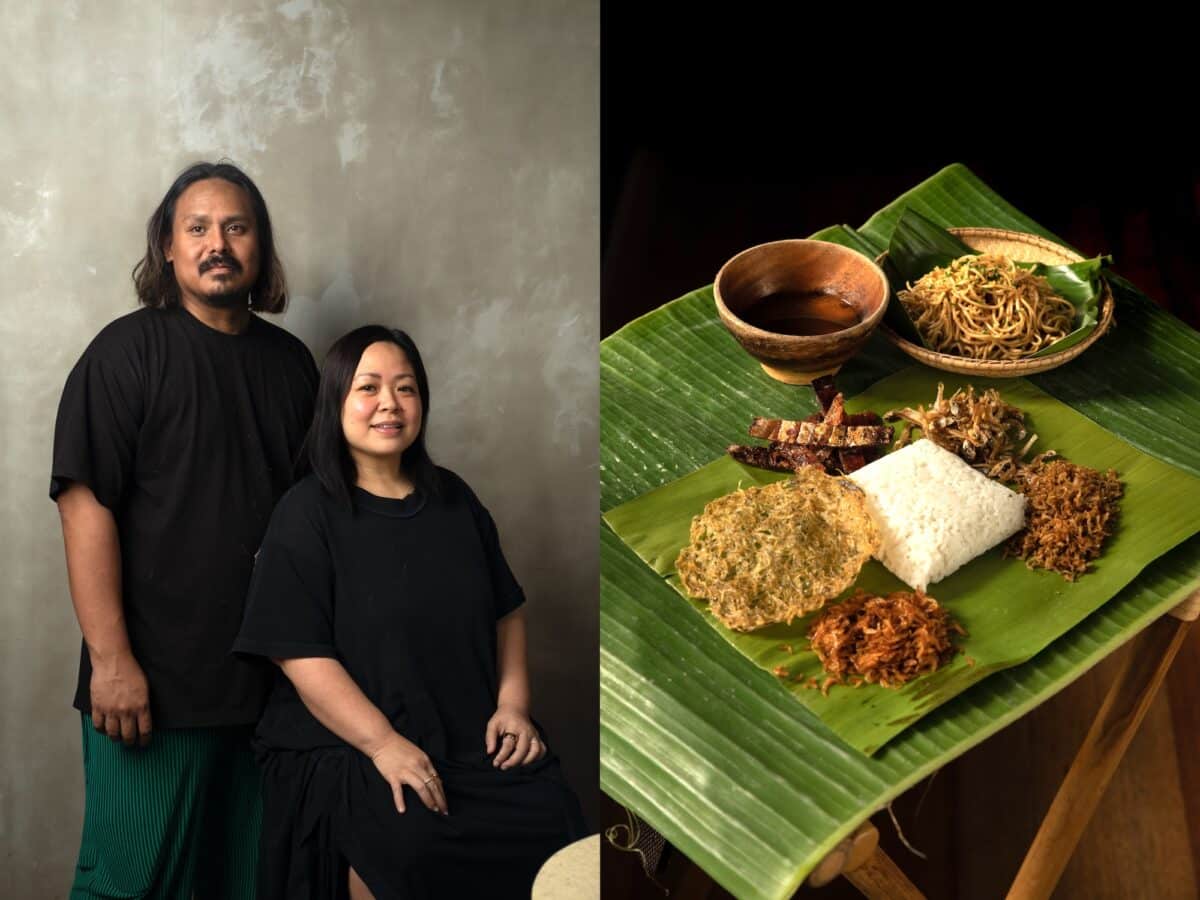
Always accompanied by the veil of night, these are stories born at the edges of normal perception. They may involve furtive figures seen from the corner of one’s eye and spooky sounds where there should be none, like the creaking of stairs when there’s nobody there. They can be remembered scents or just an odd feeling, as if there’s someone unseen nearby. Sometimes, they are accompanied by the fullness of the moon-or the complete lack thereof. These are ghost stories and Filipinos love hearing and reading them.
Many ghost stories are of the I-heard-this-from-the-friend-of-a-friend-who-heard-it-from-a-friend variety, but others are from people we know well, people who swear by what they’ve experienced. As whispered stories, they boast an unworldly resilience that survive endless retelling.
From printed material to a preponderance of finely-made horror movies, Filipino pop culture reflects our obsession with spirits come back from the hereafter. Just where did this powerful interest come from?
Dr. Ricardo G. Abad of the Ateneo de Manila University’s Department of Sociology and Anthropology, explains that there is a historical basis to this fascination. Before the Spaniards breached our shores, our faith was rooted heavily in animism and the belief that there are living forces in nature, he explained.
“That animistic thrust did not disappear with the coming of Roman Catholicism. Elements still exist in many parts of the country, and some of them have been adopted to take into account the changing times,” he says. “One adoption, I think, is to transform the spirits of the natural world into ’ghosts’ in the modern sense: the dead becomes part of the natural world and is seen to possess a spiritual fervor by appearing to earthlings. That they look frightening and weird is a product of modern imagination.”
The modern ghost story has taken root in different ways. Perhaps one of the most visible is the success of PSICOM Publishing’s “True Philippine Ghost Stories” franchise.
Now on its 31st volume, the “True Philippine Ghost Stories” series featured stories based on real life experiences as told to writers, though the last two volumes feature stories directly submitted by readers.
Arnel Gabriel, PSICOM’s publisher, says that even though the writers are amateurs, it helps that the stories are different from others told before. “The public has more readily accepted these stories because there’s none of what they call sensationalism. The stories are based purely on what they’ve experienced,” he says.
Among PSICOM’s best-selling all-time releases over the last decade, the series has sold over a million copies and helped give birth to the TV series, “Wag Kukurap,” which aired on GMA-7 and was hosted by Dingdong Dantes.
“Filipinos really believe in the supernatural and our style can help anyone relate to our stories,” Gabriel says, regarding the success of the series. “As much as possible, we make sure that any elementary student can understand our stories without them having to look up the meaning of a particular word.”
But he adds: “It’s really hard to look for material now that we haven’t yet covered.” One book would have 30 to 40 ghost stories and multiply that by 30 (titles), and you’d know how much material were published, he adds.
Gabriel identifies high school and college students-young adults-as the series’ prime audience, though the stories remain accessible to pretty much anyone. It helps that Filipinos still like reading about the supernatural on top of what they already know or have heard, he adds.
“It’s like the Manila Film Center,” he explains. “People already know about (the haunting at) the Film Center, but they still like reading about it.”
The ghost stories of the recent past often included an urban myth element, Gabriel says, like that of a dead couple haunting the place where they died. Gabriel says that he sees “True Philippine Ghost Stories” as a PSICOM front-liner for a long time to come.
Perhaps the best example of the melding of old and new Filipino culture through the ghost story is the celebrity ghost story. When Filipinos find out that weird stuff happens to popular or famous people, it only adds to the veracity of the tale.
Take for example the tale of Andrea Torres, the lead star of GMA-7’s “Sana Ay Ikaw na Nga” remake. Torres started her career as the host of the now-defunct youth-oriented TV show called “Ka-Blog!” For its Halloween episode, the production crew shot scenes at an old building where, Torres claims, she heard voices talking in Korean or Vietnamese (she wasn’t sure). Interestingly, the only people in the old building were the staff and crew, and they didn’t hear the voices.
Or this spooky story from singer Sheree:

“It all started when I rented a place. It was just me and my yaya. I was surprised because the unit was cheap even if it was in a nice area, so I signed the lease for three years. During the first three days of my stay, I noticed that I was having bad dreams. I dreamt of weird characters like the queen and king in the deck of cards, a person without a head and ugly dwarfs. They asked me what my name was. I ignored it and thought maybe I was just tired from taping because at that time I was so busy with my shows and tapings.
But then it started happening almost every night. Then, I saw this black long-haired man standing in front of me with red eyes.
Another time, a friend from Cebu stayed at my place overnight. I again had the same dream. So I woke up and at the edge of the bed, I saw this dark man standing there. A few minutes later, my friend woke up saying she had a nightmare where she saw this black man standing at the edge of the bed.
In another incident, my yaya woke up with half her face being black and blue like someone had beaten her up. She said that when she woke up, she accidentally hit her face on the edge of the wall. I thought that was impossible because the wall is way too far from her bed. I asked her to go home and rest. The night she left, I heard someone crying from her room. I thought it was our neighbor, then I found out from the security guard that our neighbor had left for Canada.
I decided to have the house blessed. I put a crucifix in the middle of the house just as the priest had told me. The scariest thing happened the next morning I woke up and saw that the hands of Jesus in the crucifix were broken and that the cross had been turned upside down. I was so scared that I decided to look for another unit where I could transfer.
But things became worse. Delivery boys kept bringing five gallons of bottled water, saying that I had ordered them. But I had not called them! Then one time, my road manager and I were talking when we heard the gas oven being turned on.
I had a lot more scary experiences in that place. My best friend Odessa took a picture the night before I moved to another unit. When I checked the photo, I saw that someone else had joined the picture-taking, There was this figure standing in the back with big eyes and an open mouth, and covering his face like it was scared by the camera flash. I locked all the doors and we ran off.
The following day, the day I was leaving the unit, we were woken up by the banging on our door. It was so loud, as if someone was kicking and trying to break down the door. Then when the guards opened the door, nobody was there. That was the last day. I’m never going back to that unit ever again.”
Sometimes, the story isn’t an outright ghost story but a tale of strange and sometimes threatening situation.
Model Solenn Heussaff, host of “Fashbook,” has had close calls that were scary in themselves. The first was at a shoot for a product endorsement. From out of nowhere, a huge piece of metal almost fell on her and would certainly have caused serious injury if she had not moved away just seconds before the metal piece fell.
At another shoot for her show, huge lights came crashing on the chair that she had just vacated because she had to go the bathroom. Solenn is hoping that she would be as lucky should another perilous experience happen to her.
Abad identifies other manifestations of the idea of ghosts in current culture:
“Interestingly young people today have expressed a fondness for ‘zombies’—in one case, having a ‘zombie run.’ Then there’s the so-called ‘gothic look’ that makes people look like frightful spirits.” He also thinks that this interest in the unknown breeds profitability: “I mean, look at the success of (the novel and movie series) ‘Twilight!’ And those Koreans and Japanese with their fantastic tales from the dead. And it’s more than a matter of style and of affecting a ‘ghost’ or ‘vampire’ look to be cool, thus trivializing a sacred, spiritual force.”
Ghost stories, Gabriel says, is a largely urban phenomenon, and that’s reflected by “True Philippine Ghost Stories.” “We have a separate series, ‘Haunted Philippines,’ just for readers in the countryside. That’s where creatures like the tikbalang and the aswang come, the so-called creatures of lower Philippine mythology.”
Abad, however, believes that ghost stories exist across Filipino society. One of the reasons, for example, is social control, where the supernatural help Filipinos follow social norms, such as pregnant women being asked to stay home because the aswang might stalk them, or children being asked to finish their food lest ghosts visit them.
The other reason, Abad says, is ideological, when Filipinos try to explain things they don’t understand, such as catastrophes and personal tragedies through the supernatural.
Lastly, he says, like any other people in the world, Filipinos view the world through transcendent aspects, such as religion, and the unseen.
Even in an age when science and technology have become pervasive, belief in the otherworldly remains strong. “Belief in the supernatural persists in various forms, in part because our faith and our science have not eliminated its existence in the minds of Filipinos,” Abad says. “The supernatural is part of the natural world of Filipinos.”
It also reflects, he says, how established religions and modern science haven’t really overwritten what lies entrenched in the Filipino brain. “In effect, it is easier for Filipinos to comprehend the word in frameworks of animistic terms rather than in frameworks theological or scientific.”
For his part, Gabriel says that he sees “True Philippine Ghost Stories” as continuing to sell as long as Filipinos continue to express a strong belief in the unexplained. In fact, he says, many more Filipinos tell their stories now because, for one reason or another, more Filipinos seem to believe that they can directly experience the supernatural now more than ever.
The encroachment of science and technology into age-old beliefs will certainly help diminish the significance of ghost stories, but it will not end them, Abad says. “I think ghost (or spirit) stories will remain as long as people seek to explain evil in this world in terms they can understand. Religion and science have not eliminated evil and have sometimes been the cause of evil. Neither have they convincingly explained its presence around us. The question will remain: why is evil around? If we cannot explain this, and we may never do so convincingly, the belief in the presence of evil forces will stay.”
And until then, the Filipino will remain very much in search of what he cannot see but can only feel, like that chill going up one’s spine when one is alone and wrapped only in what he thinks is darkness. •






